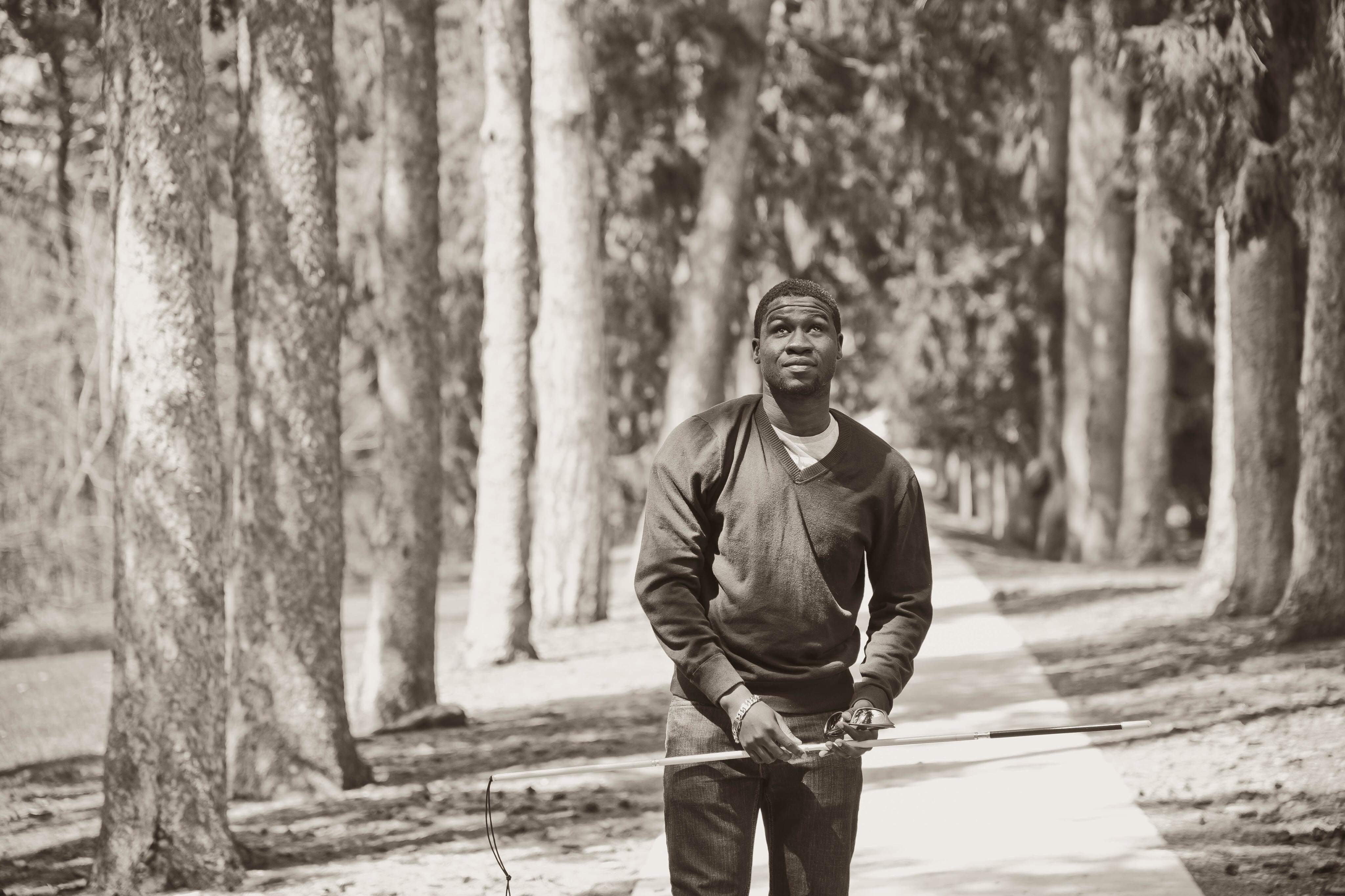By: Kaitlyn McMartin
Over the last couple of months, I’ve worked on a white cane awareness project with five other students enrolled in the Environmental Health Promotion course at Western University.
Our course focuses on the environment as an important factor that predicts our health outcomes. Accessibility is a large part of our environment, and inaccessibility creates barriers for people in our communities. 
Entering my fourth and final year of Health Sciences, I thought I had learned just about everything I could about health sciences and our healthcare systems in Canada. Learning about white canes and CNIB introduced me to new concepts I had never been exposed to before.
While I have worked with children and adults that experience disability in some way, I had not previously worked with people who are blind or partially sighted. Sight loss has been discussed in depth in my courses but learning about it in the classroom and learning about it from people with lived experience are two very different things.
I truthfully did not know anything about white canes before diving into this project. But what I learned through this experience will stay with me for the rest of my life.
Throughout the semester, we have worked on creating awareness resources. Our project team has gathered priceless knowledge about an incredible community and organization that strives for inclusiveness and positivity. We hope you find the information as useful as we have.
Visit our white cane awareness project webpage for information about the white cane and advocacy resources.